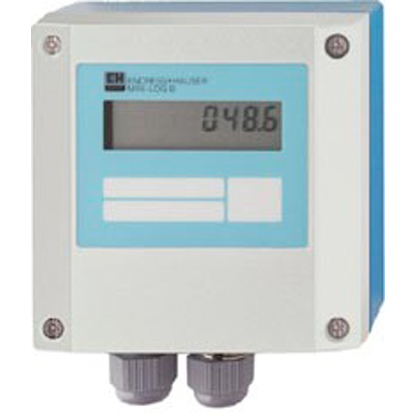
Benefits
• Variable sensor connections using 0/4 to 20 mA, 0 to 1 V or Pt100, as well as potential free contact for event or count impulses
• Instantaneous value or min-, max-, average value recording
• Measured value storage always includes date andtime
• Storage of up to 64,000 measured values
• Presettable storage cycle (1 minute to 24 hours)
• Stand alone battery powered unit or for external power supply available
• Robust (IP 65/NEMA4), small and economical
• User friendly setting up and data analysis using the ReadWin® 2000 software package
• Selectable display function
Application Areas
Data storage for temperature, humidity, pressure, flow, level and analysis values Temperature monitoring: Store temperatures and transport temperature measurement. Operation time recording. Access monitoring. Piece part and quantity recording. Quantity recording by integrating the analogue signal. Where measured values are to be automatically recorded and stored. Start analogue value recording using an external digital control signal. ON/OFF signals are stored using date and time and displayed in ReadWin® 2000
Interface/ReadWin® 2000 PC Software
Mini-Log B, Version II data-logger can be simply and easily set up using the RS 232 interface. Simple and safe setting up is made possible by using the on-line help text. The ReadWin® 2000 PC software package is delivered with the unit free of charge.
Interface cables for connection to a PC or Modem can be purchased as accessories.
Function
The Filpumps Mini-Log B, Version II data-logger records analogue and digital measured values. The analogue input signals can be 0/4 to 20 mA, 0 to 1 V and Pt100 resistive thermometers. In addition to the analogue input there is also a digital input available. A potential free contact (or TTL signal) can be connected to this input.
This input records, for example, count impulses with a max. frequency of 25 Hz and 1 s at events. Alternatively this input can be used to, for example, calculate the running time of a particular piece of equipment or machine. The unit reads these values every second. From values it calculates the instantaneous values or min-, max-, and averages. The memory capacity is a max. 16,000 measured values (optionally max. 64,000 measured values) giving up to 24 hours using a scan cycle of 1 minute.